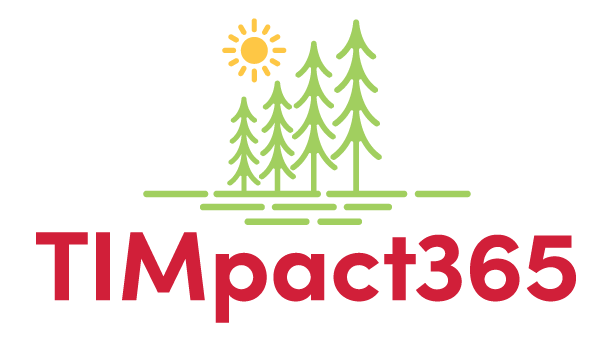As an organization we are always learning, growing, and making improvements.

Program Quality
| Season | Number of assessments | Goal Score | Actual Score | Targeted focus |
| Summer 2022 | 72 | - | 68% | - |
| Year-round 2022-2023 | 13 | - | 76% | - |
| Summer 2023 | 60 | 73% | 77% | Emotion coaching |
| Year-round 2023-2024 | 27 | 78% | 67% | Emotion coaching |
| Summer 2024 | 28 | 78% | 78% | Furthering responsibility and leadership |
| Year-round 2024-2025 | TBD – 18 after fall 2024 | 79% | TBD | Supporting plans and goals |
| Summer 2025 | TBD | 79% | TBD | Supporting plans and goals |
| Classrooms Program 2025 | TBD – introducing assessments | TBD | TBD | Creating safe spaces |
Engaging more voices and perspectives is key for us and will allow for a well-rounded view of how we create a high-quality experience for youth and what we can do to improve. Our goal is to connect and engage with staff in different roles across the organization, youth in all of our programs, and other stakeholders (e.g., teachers, partnership organizations) to provide insights into program quality.
Outcomes
We are committed to continuing to measure outcomes with campers in our programs. The way we measure outcomes is evolving to best suit campers' needs and provide usable, impactful data. Our goal is for 95% of youth to report growth in the 5Cs during their time at camp.
As we learned that participants’ general wellbeing increases after camp, but might not be sustained into the school year, our youth engagement efforts will focus on connecting with campers, transferring and sustaining wellbeing into home settings. This will impact the supports and ongoing outreach that we provide beyond our direct summer program delivery.
Impact
Impact is measured through the Big 3 components of self, community, and future. Summer campers responded to these questions once before and once after the camp experience to determine the impact of camp programs. Year-round program participants responded to these questions after their camp experience. Multiple years of data indicate that the programs positively impacted youth in all three categories. As “community” yielded the smallest amount of change for our summer campers, in 2025, we will focus on campers learning more about positively contributing to their community. Our goal is for the average “community” score to be 4.1 after camp. During our year-round programs, we can focus on “community” and “future”. Our goal is for at least 90% of youth to report growth in this area after participating in our program. In both summer and year-round programs this can be accomplished with additional activities based on teamwork, communication, collaboration, and goal setting.



